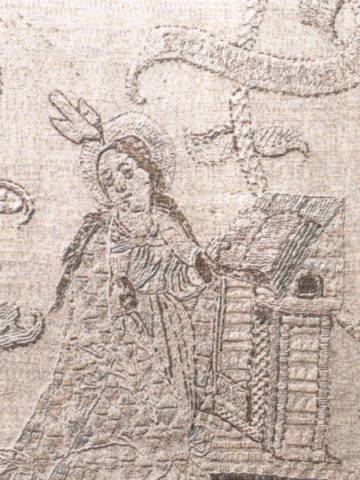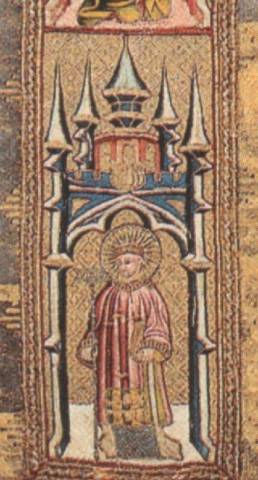Leopold
Iklé (1838-1922), textile industrialist, connoisseur and
explorer of textile works of art donated his first
valuable collection of historic textiles to the then
Industry and Textile Museum, today's Textile Museum. In
the course of the last 100 years or so, further objects
from Iklé's second collection have also found their way
into the Textile Museum.
In her bequest of 1999, Gertrud Calame-Iklé, a
granddaughter of Adolf Iklé's, who with his elder
brother Leopold, ran the company Iklé Frères in St.
Gallen, provided for the establishment of the
Iklé-Frischknecht Foundation. The aim of this foundation
is to promote, manage and preserve the Leopold Iklé
Collection in the St.Gallen Textile Museum.
It was not only at the time when Leopold Iklé retired
from his successful business life that his extensive
interest in textiles and their cultural history was
kindled, an interest which he shared with a friend of his
who was 20 years his junior, the Abbey librarian Adolf
Fäh (1858-1932). Even in his mature years, he looked for
significant, sometimes large-scale works such as lace
covers with figurative representations.

chasuable,
embroidery 16th century,
northern germany
Inv. Nr. TM 23835

